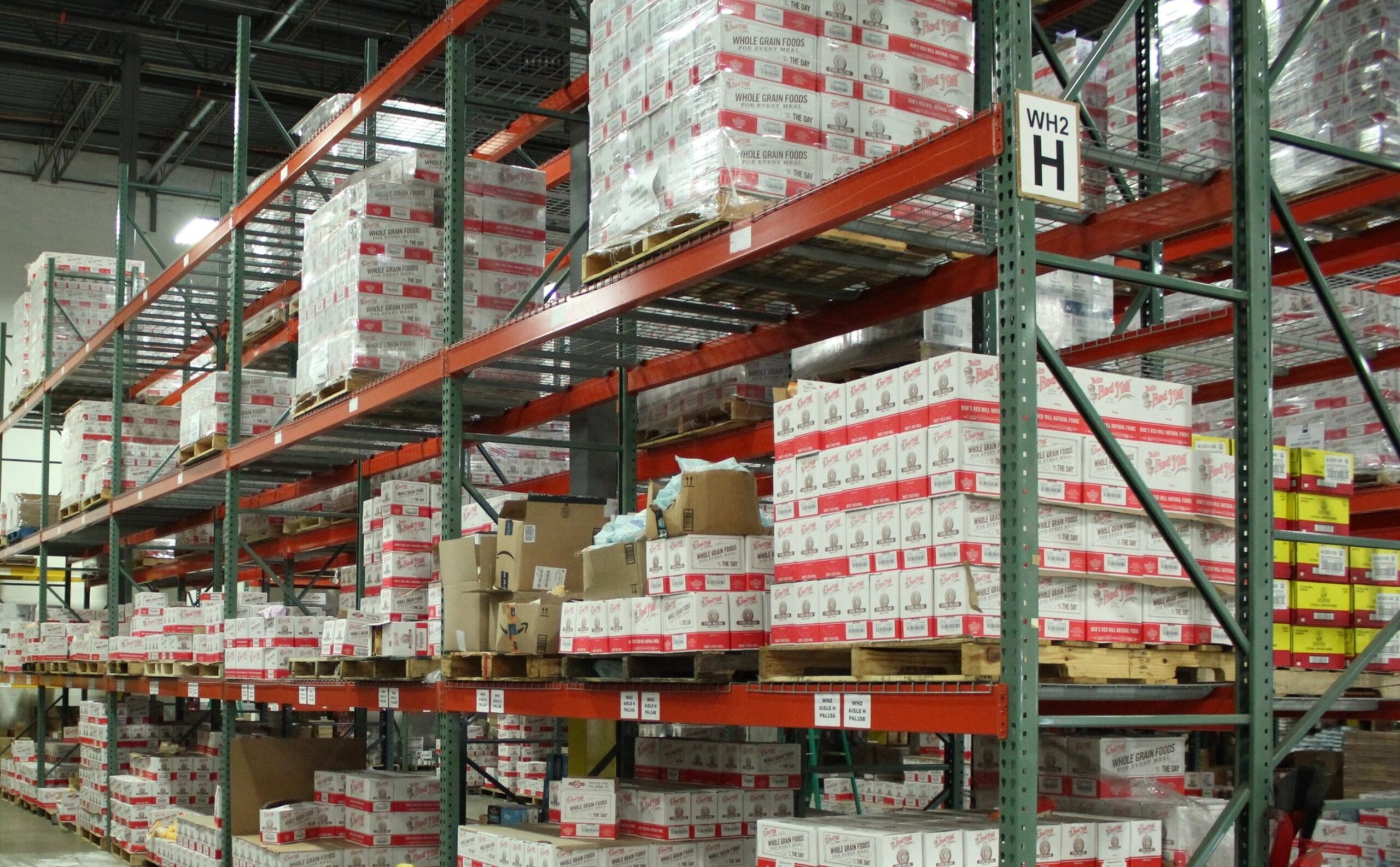Contents

Product tagging is a practical way to manage products and keep them organized. Essentially, you are adding descriptor tags to your products to make them easier to find, highlight to customers, and track.
What Is Product Tagging?
Product tagging involves putting descriptive tags on products as a form of organization and product management. This was traditionally associated with brick-and-mortar stores, as retailers would add sticky labels with UPC barcodes to products.
Today, product tagging is also used for e-commerce businesses. Online businesses add various descriptors to the product descriptions, and users can search by the product tags to more easily find products.
Why Use Product Tags?
First off, product tags just make it easier to manage your inventory. They serve as a straightforward way to keep track of products. By adding a description of what the product is, you can easily categorize similar items together.
When you tag products with a UPC (universal product code), it can simplify the inventory management process. Since products are scanned into a system, you don’t have to estimate inventories. You can see exactly how much you have and where it is.
Product tags can also aid your marketing efforts. You can highlight certain selling points on product tags, persuading consumers to take a second look at an item and ultimately purchase it.
What to Include on a Product Tag
Product tagging allows you to quickly feature information on products. This can help customers learn details about the product, aiding their shopping process, and it can help warehouse pickers to find items more easily. Ultimately, product tagging makes it easier for both employees and consumers to find and learn about your products.
Here is what you want to include on product tags:
Product Name
This is simply the name of the product. It may be a name that the manufacturer sets, or it can be one chosen by you. Just make sure you use it consistently.
Product Summary & Details
List any product description, ingredients or materials, and sizing information here. You are free to include any information you want in this section but aim to keep it brief. Use concise language to ensure it doesn’t take up too much space. If it’s too long, consumers simply won’t read it.
Barcode
This is essential for product tracking. This code can be scanned at any point in the intake, fulfillment, or delivery process, enabling you to keep a clear view of your inventory at all times. Barcodes are external product tracking codes, so they won’t be unique to your business.
SKU
Whereas barcodes are universal, SKUs (stock-keeping units) are unique to your company. They are used for internal tracking within a company, and they can make it easier to manage your products.
SKUs are more granular than UPCs, so they offer you a higher level of detail than UPCs. You don’t have to use SKUs, but if you do, it can be helpful to have them on your product tags.
Product Price
You can add your product prices to product tags, though it isn’t required.
How Product Tagging Is Used for E-Commerce Businesses
By using product tagging for your online business, you’ll add another level of organization to your site. Customers can get more detailed in their searches, and they can find the exact products they are looking for more quickly.
For example, rather than just searching for boys’ shoes, they can search for boys’ Batman shoes, and see all the results at a glance. You choose how you’ll best use product tagging to benefit your customers and your employees.
If you don’t add product tagging, it’s likely that customers will grow frustrated with pages upon pages of search results. People grow fatigued when they are given too many options, so product tagging whittles their results to show them fewer results that they want. It takes some of the work away from customers, streamlining their search process.
Most of the major e-commerce sites, like Shopify and Wix, allow you to easily add product tags to listings. They have simple processes by which retailers can add product tags as items are added to their online shops.
In addition to online product tagging, you can still use physical product tagging to keep products organized during the fulfillment process. When customers receive their orders, these physical product tags will help them to clearly identify the products in their orders.
How to Simply Product Tagging
Though the benefits of product tagging are clear, it can be a tedious process. Technology can help.
Visual artificial intelligence (AI) is able to scan product images and identify details in a form of automatic product tagging. Though there will still need to be human checks on the process, visual AI can save businesses a chunk of time and effort.
Logistipedia Can Help With Product Tagging Challenges
At Logistipedia, we help businesses manage the details of their inventory management and fulfillment. Reach out to us today, and we can help you address any product tagging challenges you’re facing. We can also help you implement a product management system that works for your business.
Product Tagging FAQs
What are product tags?
Product tags are descriptions you add to products to make it easier to identify and find them.
What is included on a product tag?
You can include anything you want on a product tag, but most businesses will include the product name, brief description, materials or ingredients, and SKU. In some instances, the price may also be included.
How should I use product tags on my site?
When tagging products, consider the terms consumers generally search for when looking for that product. This will practically help consumers to find what they are looking for, and it will aid your SEO efforts.
Should I use physical product tagging for my e-commerce business?
While online product tagging will be most important for your e-commerce business, physical product tags can help to keep your inventory organized. These tags can also enhance the unboxing process when your customers receive their orders, helping them to easily identify each product.
References
The Difference Between Product SKU & UPC Barcode. (May 2022). QuickBooks Blog.
Instagram Rolls Out Product Tagging Feature to US Users. (April 2022). TechCrunch.
How Tags Are Revolutionizing Digital Marketing. (October 2011). Forbes.
Creating and Using Tags in Shopify. Shopify.




